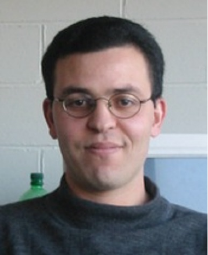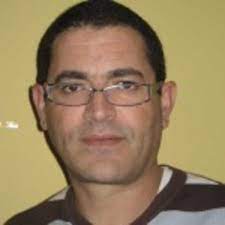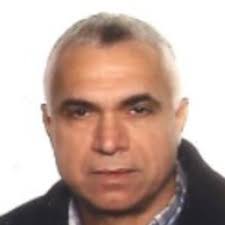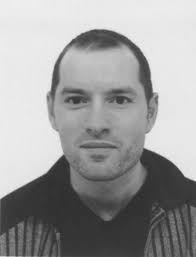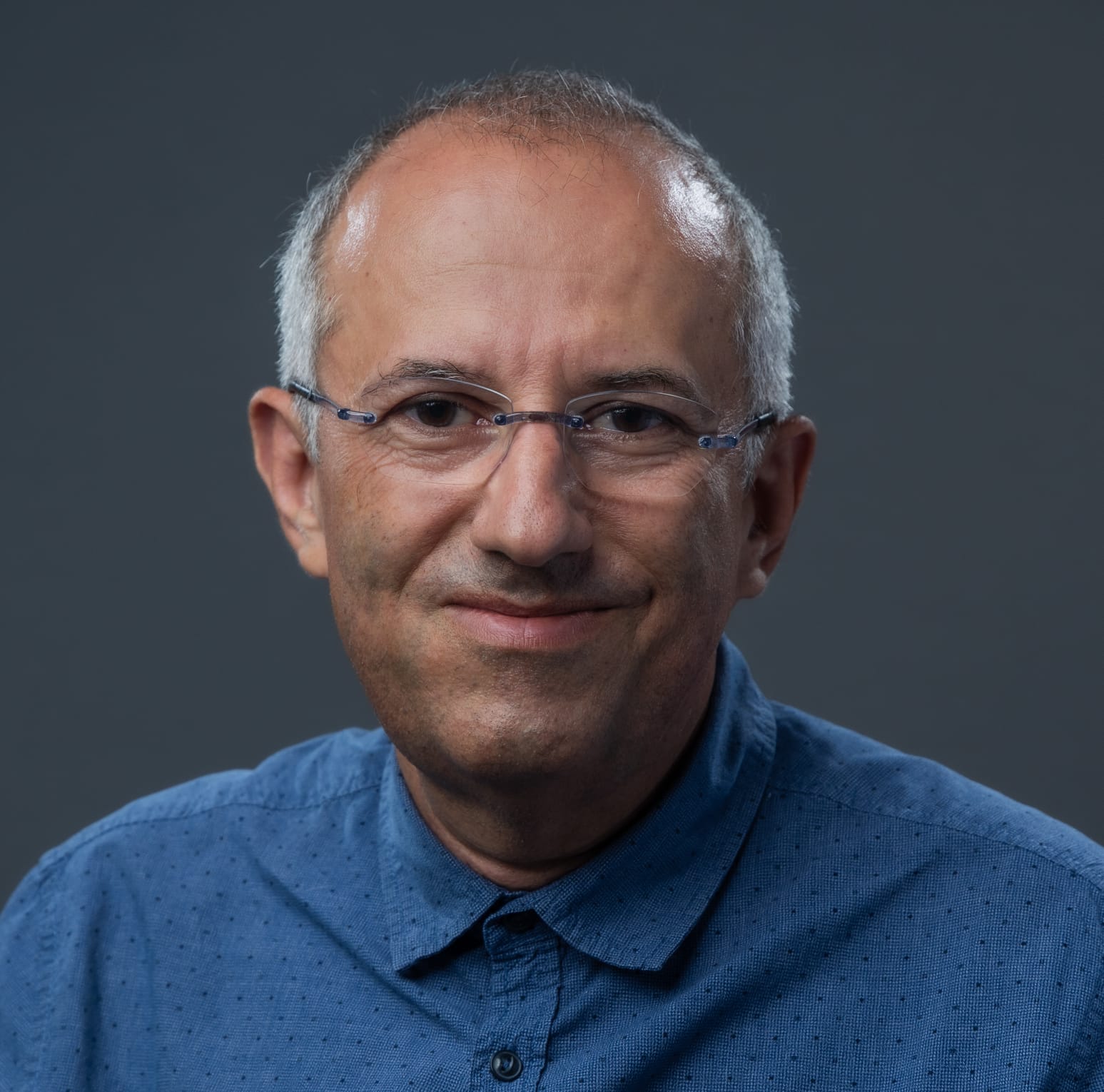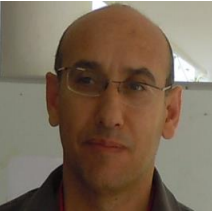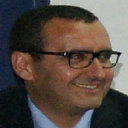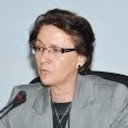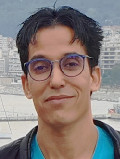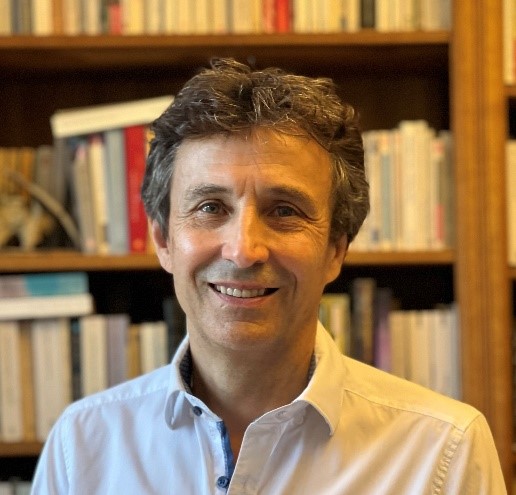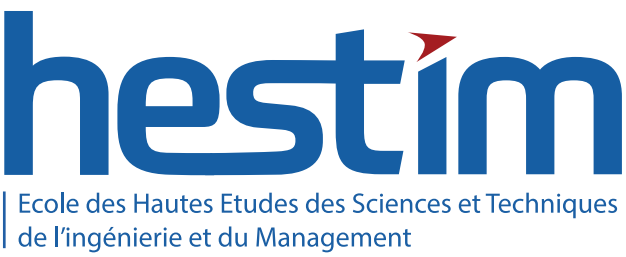Attention New deadline!
Submit your paper here Openreview.net
Posters should be submitted via this e-mail posters@sadasc.com


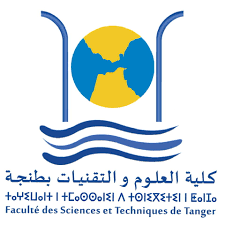
The fifth International Conference on Smart Applications and Data Analysis for Smart Cyber-Physical Systems (SADASC’24)
Co-organized by CCPS laboratory and Hassan II University of Casablanca
will be held during April 18-19, 2024 in Tangier, Morocco. SADASC’24 will bring together researchers and industry professionals contributing towards different phases of designing, exploiting and maintaining Smart Cyber Physical Systems and their Applications. These phases include requirements engineering, data acquisition/cleaning, storage, deployment, exploitation, and visualization. Designing these systems also has to consider issues such as ethics, security and privacy. CCPS’2024 follows the success of the Agadir (2016) , Casablanca (2018) , Marakech (2020) and Marakech (2022)
Memories









 Progress in Artificial Intelligence
Progress in Artificial Intelligence 

